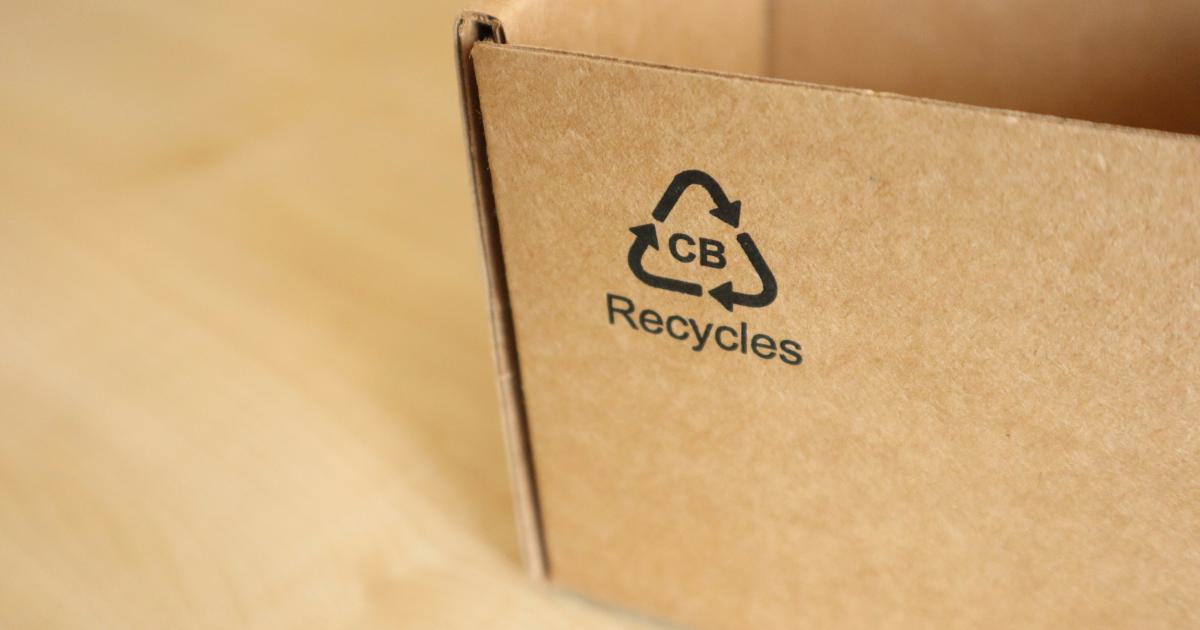Mastering the Art of Content Repurposing Workflows


Understanding the Importance of Content Repurposing
Content repurposing has become an essential strategy for businesses and individuals looking to maximize the impact and reach of their content. In today's digital landscape, where attention spans are limited and competition for audience engagement is fierce, the ability to effectively repurpose content can be a game-changer.
At its core, content repurposing involves taking existing content and transforming it into new formats, platforms, or variations to reach a wider audience. This can include converting a blog post into a video, turning a webinar recording into a podcast episode, or adapting a white paper into a series of social media posts.

The benefits of content repurposing are numerous. It allows you to:
Extend the Longevity of Your Content: By repurposing content, you can breathe new life into existing assets and ensure they continue to provide value to your audience long after their initial publication.
Reach New Audiences: Different content formats and platforms cater to different preferences and consumption habits. By repurposing your content, you can tap into new audiences and expand your reach.
Boost Efficiency and Productivity: Repurposing content is a more efficient use of your time and resources, as you can leverage existing material instead of starting from scratch for each new piece.
Improve SEO and Discoverability: Diverse content formats and cross-linking between repurposed content can enhance your search engine optimization (SEO) efforts, making your content more discoverable to your target audience.
Enhance Content Quality: The process of repurposing often requires you to revisit and refine your content, leading to improved quality and relevance.
Developing a Content Repurposing Workflow
To effectively leverage the power of content repurposing, it's essential to have a well-structured workflow in place. This workflow should encompass the various stages of the repurposing process, from ideation to distribution.
Step 1: Audit Your Existing Content
The first step in developing a content repurposing workflow is to conduct a thorough audit of your existing content assets. This involves:
- Identifying high-performing content: Analyze your analytics to determine which pieces of content have resonated most with your audience, in terms of engagement, shares, and conversions.
- Evaluating content themes and topics: Examine the themes and topics covered in your existing content to identify areas of strength and potential opportunities for repurposing.
- Assessing content formats: Take note of the various formats you have used, such as blog posts, videos, infographics, and podcasts, to gain an understanding of your current content ecosystem.

Step 2: Ideate Repurposing Opportunities
With a clear understanding of your existing content, you can now start brainstorming ways to repurpose it. Consider the following strategies:
Format Transformation: Convert content from one format to another, such as turning a blog post into a video or a webinar recording into a podcast episode.
Audience Adaptation: Tailor your content to specific audience segments or personas, adjusting the tone, language, and focus to better resonate with their needs and preferences.
Thematic Expansion: Expand on the themes and topics covered in your existing content by creating complementary pieces that provide additional depth or context.
Platform Diversification: Repurpose your content for different platforms, such as social media, e-books, or guest posts, to reach new audiences.
Localization: Translate or adapt your content for different geographical markets or languages to extend its reach.

Step 3: Prioritize and Plan Your Repurposing Efforts
With a list of potential repurposing opportunities, it's time to prioritize and plan your efforts. Consider factors such as:
- Audience impact: Prioritize repurposing opportunities that have the potential to reach and engage your target audience most effectively.
- Resource requirements: Evaluate the time, budget, and skills needed to execute each repurposing idea, and align them with your available resources.
- Timelines and deadlines: Establish a realistic schedule for your repurposing projects, taking into account any upcoming events, campaigns, or content needs.
- Content performance: Use your content audit insights to prioritize repurposing high-performing content that has already proven to be valuable to your audience.

Step 4: Create and Optimize Repurposed Content
With your repurposing plan in place, it's time to bring your ideas to life. This stage involves:
Content Adaptation: Tailor your existing content to the new format, platform, or audience, ensuring that the messaging and value proposition remain relevant and compelling.
Optimization: Optimize your repurposed content for the target platform, incorporating best practices for SEO, engagement, and distribution.
Formatting and Design: Ensure that your repurposed content is visually appealing and aligns with your brand's aesthetic, using appropriate design elements and formatting.
Quality Assurance: Review your repurposed content for accuracy, consistency, and overall quality before publishing or distributing it.

Step 5: Distribute and Promote Your Repurposed Content
Once your repurposed content is ready, it's time to distribute and promote it to your audience. This may include:
Multichannel Distribution: Share your repurposed content across various platforms, such as your website, social media channels, email newsletters, and relevant industry forums.
Cross-Promotion: Leverage the relationships between your repurposed content pieces by creating internal links, calls-to-action, and other mechanisms to drive traffic and engagement.
Targeted Promotion: Utilize paid advertising, influencer partnerships, or other targeted promotional strategies to reach new audiences and amplify the visibility of your repurposed content.
Analytics and Optimization: Continuously monitor the performance of your repurposed content and make adjustments to your distribution and promotion strategies as needed.

Maximizing the Impact of Repurposed Content
To truly maximize the impact of your repurposed content, it's essential to adopt a strategic and holistic approach. Here are some key considerations:
Maintain Consistency and Branding
Ensure that your repurposed content aligns with your brand's visual identity, tone, and messaging. This consistency helps to reinforce your brand's identity and build trust with your audience.

Leverage Cross-Promotion and Interlinking
Actively promote your repurposed content by creating internal links, calls-to-action, and other mechanisms that encourage your audience to engage with related pieces. This cross-promotion strategy can drive increased traffic, improve user experience, and enhance the overall performance of your content ecosystem.

Optimize for Search and Discoverability
Incorporate SEO best practices into your repurposed content, such as the use of relevant keywords, meta tags, and schema markup. This can help improve the visibility of your content in search engine results, making it more discoverable to your target audience.

Analyze and Iterate
Continuously monitor the performance of your repurposed content and use data-driven insights to make informed decisions about future repurposing efforts. Analyze metrics such as engagement, conversions, and audience behavior to identify opportunities for improvement and optimize your content repurposing strategy over time.

Conclusion
Mastering the art of content repurposing workflows is essential for businesses and individuals looking to maximize the impact and reach of their content. By leveraging a structured approach to content repurposing, you can extend the longevity of your assets, reach new audiences, boost efficiency, and enhance the overall quality of your content.
Remember, the key to successful content repurposing lies in maintaining a strategic, data-driven, and audience-centric approach. By continuously evaluating your content, identifying repurposing opportunities, and optimizing your distribution and promotion efforts, you can unlock the full potential of your content and elevate your brand's online presence.